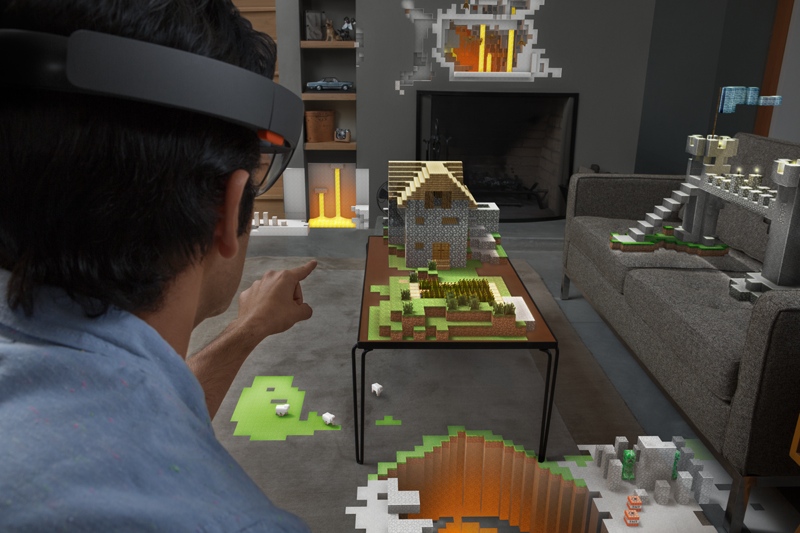Note: This post originally appeared on Tom Cheesewright’s website, Book of the Future.
I’m giving the keynote at the GeoBusiness conference at London’s Business Design Centre in Islington this morning. Followers will know that the built environment has become a bit of a hot topic for me. Smart cities, BIM (Building Information Modelling), and more.
As someone looking into these fields as an observer rather than practitioner, what I try to do in these talks is get up above the weeds and give an overview, looking both at today and – importantly as a futurist – at tomorrow.
When looking at the geospatial information space, what I realised is that location is the key to synchronising our physical and digital worlds.
Right now we inhabit a primarily physical world, and interact with the digital world through tiny windows: our smartphone screens and laptops. Our interactions are very manual, sometimes clumsy and always narrowband: there’s a hard limit on the richness of our communication.
A series of technological steps in the coming years, sometimes sequential, sometimes in parallel, will transform our interactions with technology. The division between our digital and physical worlds will disappear.
Firstly, we will begin to be immersed in digital worlds through virtual reality. This is a technology that is not without limitations but it is a great step towards transforming our expectations when it comes to interacting with data.
For me a much more important step is augmented reality. The overlaying of our physical world with digital objects. The demonstrations by Magic Leap and Microsoft’s HoloLens have been truly astounding. I think it’s only a matter of time before we exist almost permanently in a mixed reality like this. If you think about the amount of time we spend in front of screens today, it is only a natural extension that the screen becomes a permanent appendage. I’m not saying this is objectively a good thing (nor bad) but likely.
Third though, and arguably most important, is the bleeding of digital reality into our own physical space. Call it what you like, but formerly dumb objects all around us are getting smart. Buildings, cars, trolleys, cupboards etc etc etc. I’ve proposed the idea before that we are equipping our built environment with many of the qualities of life, and I truly expect it to ultimately become semi-organic in its behaviour, evolving and adapting. If we get it right, it will evolve and adapt to our needs.
None of this is possible without location data. What is where, to a very high degree of accuracy. Location in three dimensions is the key to synchronising our physical and digital worlds. You can’t create a virtual representation of the physical world, or an entirely digital one, without an understanding of space. You can’t locate digital objects in physical space. And you certainly can’t give digitally-driven devices autonomy.
Eventually all this information will be self-reported by smart objects, or captured by autonomous ones. But until that point, the geospatial information industry looks pretty healthy.
For more of Tom’s writing on the future of technology, check bookofthefuture.co.uk






